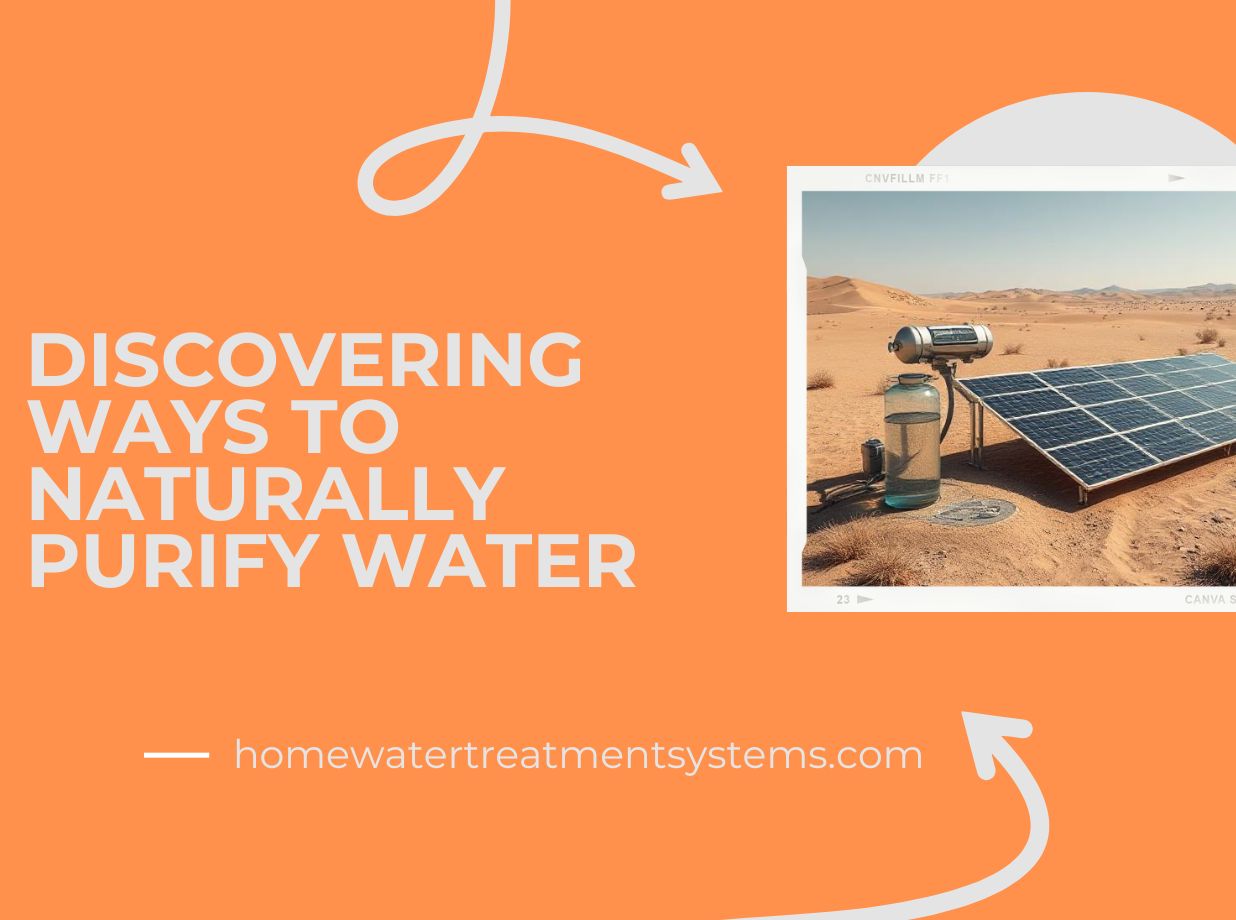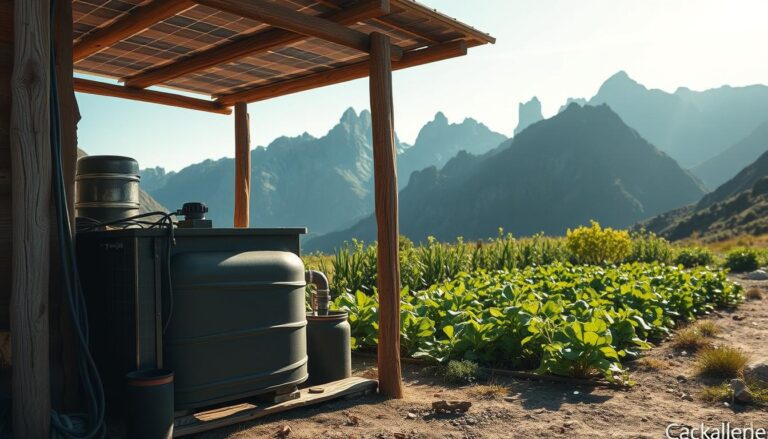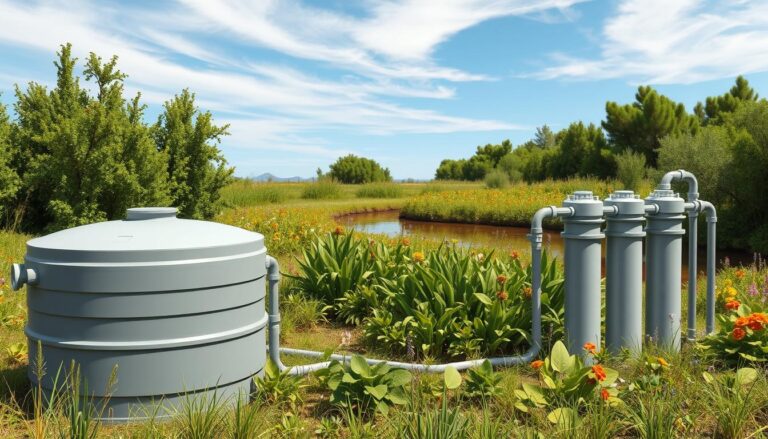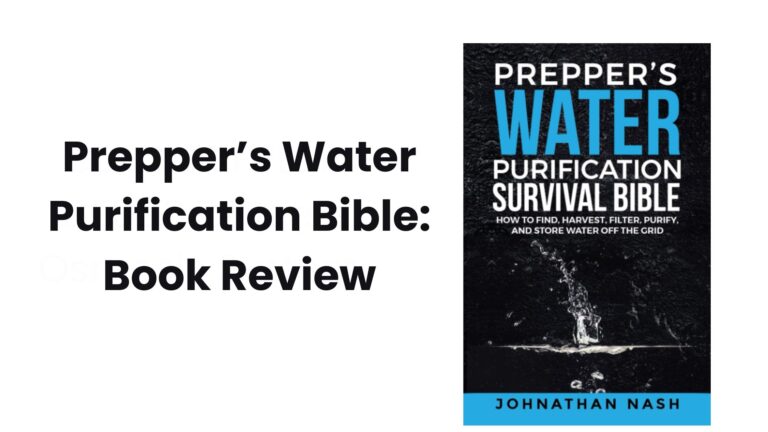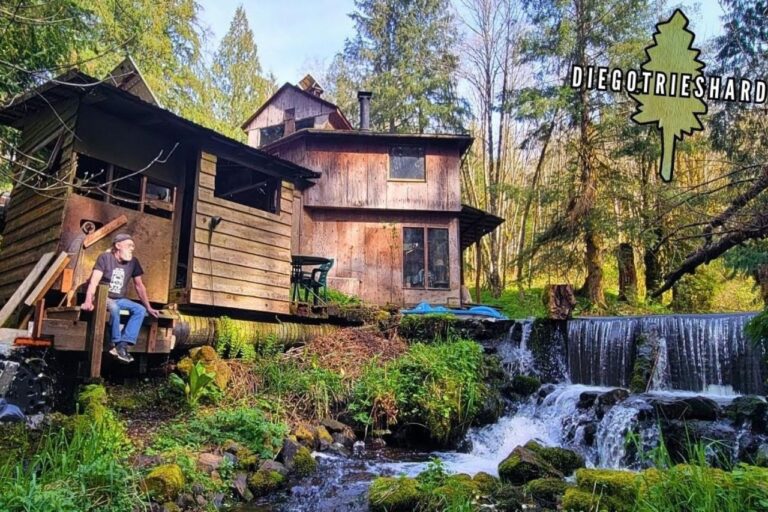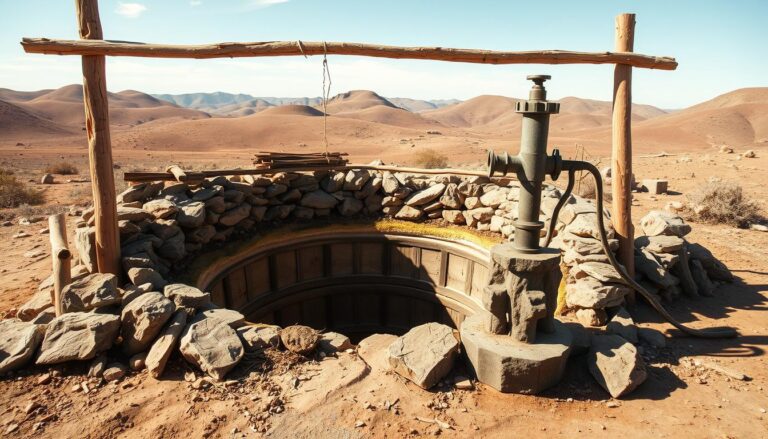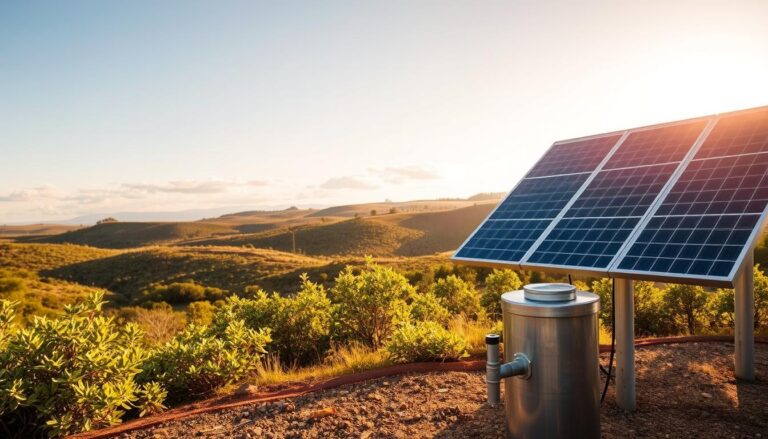Discovering Ways to Naturally Purify Water
Have you ever found yourself wondering how you can purify water without relying on complicated machinery or chemicals? In a world where clean water is a precious resource, understanding natural methods of purification can be a valuable skill. Whether you’re preparing for an outdoor adventure, pondering survival scenarios, or just want to reduce your dependence on technology, learning how to naturally purify water is both practical and empowering.
The Importance of Clean Water
Water is fundamental to life, but not all water is safe to drink. Contaminated water can harbor bacteria, viruses, parasites, and harmful chemicals that pose serious health risks. Understanding the importance of clean water is the first step toward recognizing why you might need alternative purification methods.
Why Natural Purification Methods?
Natural purification methods can be beneficial for several reasons. They often require minimal equipment, can be environmentally friendly, and help you connect deeply with natural resources. You might also find yourself in situations where traditional purification systems aren’t available, making these methods essential.
Boiling: A Time-Tested Technique
Boiling water is a classic method for killing pathogens. Bringing water to a rolling boil for at least one minute effectively kills most microorganisms. At higher altitudes, where water boils at a lower temperature, it’s wise to increase boiling time to three minutes.
Practical Tips for Boiling
While boiling is straightforward, you might want to ensure you’re using a clean container and managing your fuel efficiently, especially if you’re outdoors. Keep in mind, however, that boiling doesn’t remove chemical contaminants or improve taste.
Solar Purification: Harnessing the Sun
Solar purification, often called SODIS (Solar Water Disinfection), is a method that utilizes the sun’s UV rays to kill harmful organisms. Simply fill a clear plastic bottle with water and leave it in direct sunlight for at least six hours. This method is particularly useful in sunny regions and where low-cost solutions are needed.
Bottles Matter
Use PET bottles when employing solar purification, as they are effective in allowing UV rays to penetrate and purify the water. Avoid using glass bottles and make sure the bottles are not shaded during exposure.
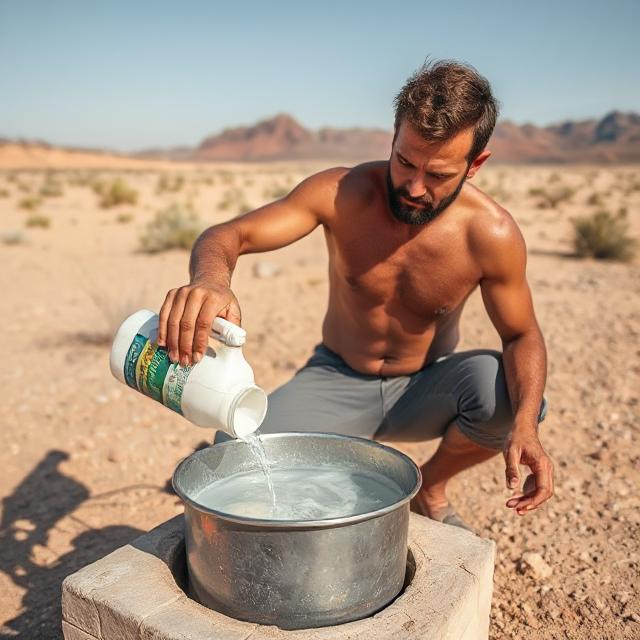
Filtration: Nature’s Way
Natural filtration uses layers of soil, gravel, and charcoal to remove particles and some pathogens. You can create a simple filter using a makeshift container filled with alternating layers of these materials. While it might not eliminate all microbes, it’s a good precursor to other methods for clearer water.
Building Your Own Filter
Consider a layered approach: start with cloth or sand at the bottom to catch larger debris, followed by a charcoal layer to absorb impurities, and finish with gravel or more cloth. This layered filter acts as an initial cleaning step, enhancing overall water purity.
The Earth as a Filter: Soil Percolation
Soil naturally filters rainwater, and you can mimic this process on a small scale. By pouring contaminated water slowly through several layers of soil, many contaminants are absorbed or trapped before the water emerges cleaner. This method works when you have plenty of natural resources at your disposal.
Limitations of Soil Filtration
While soil percolation can remove debris and some pathogens, it won’t eliminate chemical pollutants. It’s often best used in combination with other methods, such as boiling, to ensure safety.
Using Plants: Nature’s Helpers
Various plants can aid in water purification. Moringa seeds, for instance, can coagulate particles, while certain aquatic plants help absorb toxins. These natural allies can make a real difference when used correctly.
Moringa Seeds
Moringa oleifera seeds contain proteins that attract particles, forming clumps that settle at the bottom of the container. After adding crushed seeds, stir the water and let it sit for an hour. The sedimentation process can make the water much clearer, though it’s advisable to boil afterward for added safety.
Aquatic Plants and Toxins
Plants like duckweed and water hyacinth can absorb heavy metals from the water. Cultivating these plants in contaminated water areas can gradually improve their cleanliness. However, it’s wise to use additional purification methods to ensure the water is safe for consumption.
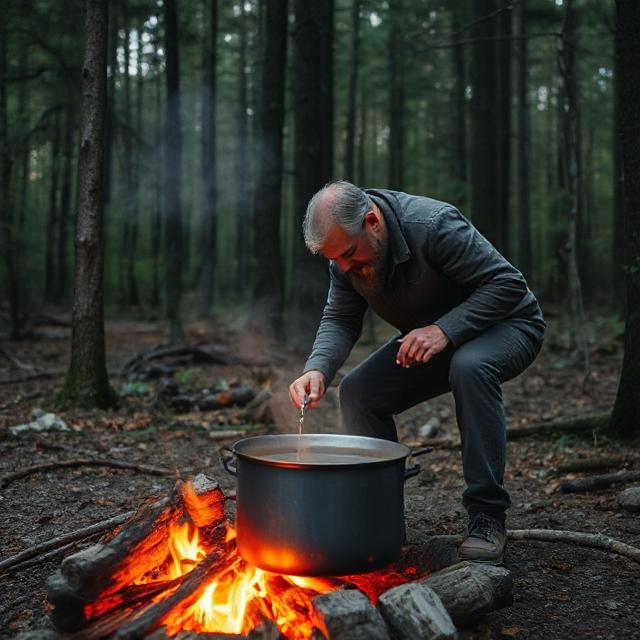
Desalination by Distillation
For those dealing with saltwater, natural distillation can transform salty or brackish water into freshwater. By evaporating water and capturing condensation, impurities like salt are left behind. This method can be energy-intensive but is effective where fuel and other resources are available.
Setting Up a Distillation System
Create a simple distillation setup using a pot and a cover that allows the water vapor to condense and be collected. Alternatively, a solar still — a transparent cover over a sun-facing pit — can also achieve this through solar power.
The Role of Clay Pots
Clay pottery is not just for aesthetics; it can play a role in filtration thanks to its porous nature, which allows water to pass through while retaining contaminants. Some traditions have used clay pots for centuries to purify drinking water and improve taste.
Enhancing Filtration with Clay
While clay pot filtration can strain out sediments, you can enhance its effectiveness by combining it with charcoal for added purification. This process, however, is slow and might serve best as a preliminary step.
Ultraviolet Disinfection: Nature’s Torchlight
Though technically requiring a manufactured device, understanding the way UV light removes pathogens is crucial. This method utilizes UV rays to break down the DNA of pathogens present in the water.
UV Lamps and Sunlight Complement
While UV lamps are efficient, sunlight-based methods can provide similar purification when nothing else is available. As sunlight constitutes a broad spectrum, you can leverage direct and consistent exposure for this natural process.
When to Use Chemical Assistance
Sometimes using substances like iodine, bleach, or potassium permanganate is necessary to ensure water is safe, particularly if you’re facing highly questionable sources. However, these chemicals should be used minimally and in emergency situations.
Guidelines for Chemical Use
Understand the correct dosage and duration for exposure when using chemicals for purification. Often, a few drops or grams suffice for a liter, but following manufacturer or expert guidelines is crucial to avoid side effects.
Embracing an Integrated Approach
Combining techniques might offer the best outcomes since each method targets specific contaminants. For instance, you might filter water through soil or a homemade filter to remove debris and then boil it to kill pathogens.
Layering Your Purification
Each purification method has strengths and weaknesses, which can be offset by pairing them. Consider starting with filtration to remove particulates, followed by solar purification or boiling to target microorganisms.
Safety First: Testing Your Water
After employing natural purification methods, testing your water quality is vital, especially if you plan to consume it regularly. Water testing kits available on the market can help provide reassurance that your efforts successfully removed harmful substances.
Reading and Understanding Results
When using testing kits, follow the provided instructions carefully to verify readings. Always prioritize your health by seeking certified laboratory tests if you frequently depend on self-purified water.
Practical Applications for Everyday Life
Beyond survival situations, consider incorporating these natural purification methods into everyday life to promote sustainable living. Whether you’re looking to minimize your environmental impact or simply desire a closer connection with natural resources, there’s plenty of value to be gained.
Small Steps, Big Differences
Start small — perhaps by filtering rainwater for gardening or setting up a solar purification system at home. Over time, these simple practices can foster significant benefits not just for you but for your entire community.
Empowerment Through Knowledge
Knowing how to purify water naturally isn’t just a handy survival skill; it’s a reminder of your ability to harness the power of nature. With this knowledge in hand, you can face uncertain scenarios with confidence and contribute toward a more sustainable, resourceful future.
Sharing the Wisdom
Once you’ve mastered the art of natural water purification, consider sharing your insights. Encouraging others to explore these methods and focus on sustainable solutions creates ripple effects, benefiting the entire ecosystem.
Isn’t it fascinating that with a few simple techniques and keen understanding, you can transform water from potentially perilous to pristine? Dive into experimenting with these techniques, and you may just find yourself on the path to a more connected and sustainable lifestyle.

